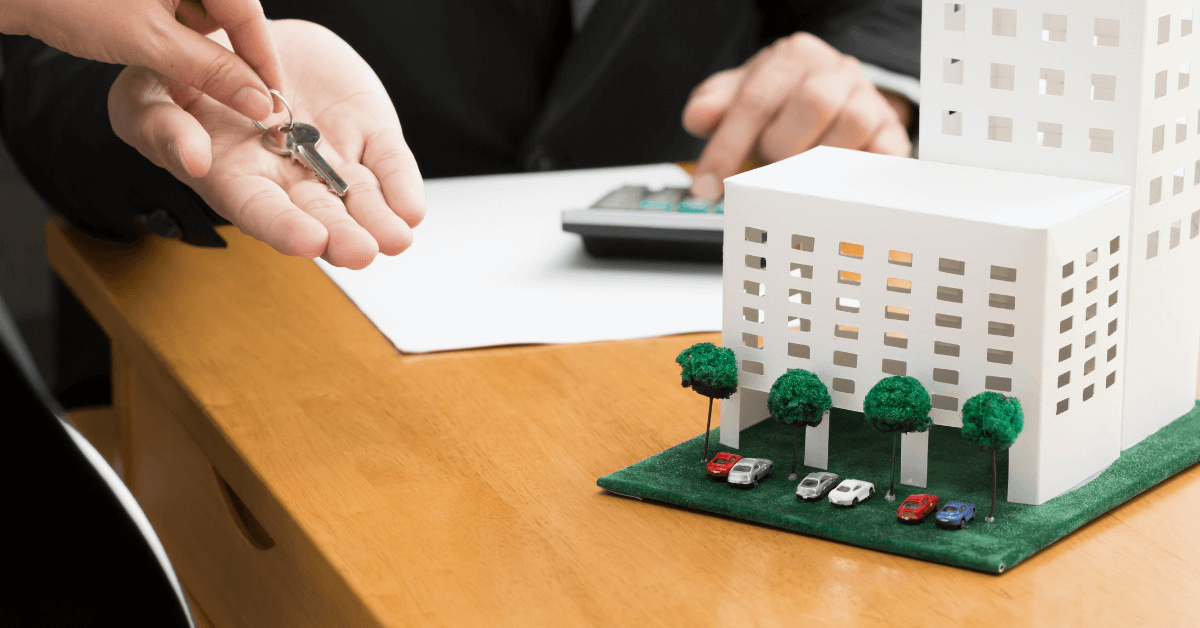Are you planning to invest in a dream condominium unit in Metro Manila? Congratulations! Before you start decorating your new home, it’s essential to know how to transfer the ownership of the property to your name. Don’t worry, we’ve got you covered. Here are the simple steps you need to follow:
Step 1: Gather the Necessary Documents To transfer the title, you’ll need to gather some essential documents such as:
- Original Owner’s Duplicate Copy of Condominium Certificate of Title
- Tax Declaration (certified true copy only)
- Certified True Copy of Condominium Certificate of Title
- Condominium Management Certificate (original)
- Draft Deed of Absolute Sale (original copy)
Tip #1: Secure Your Documents Early
Make sure to secure all the necessary documents early on in the process. It’s essential to gather these documents to avoid any delays or complications when transferring the ownership of the property to your name. Make a list of the required documents and secure them as soon as possible.
Tip #2: Check the Validity of Your Documents
Double-check the validity of your documents, especially the notarization and certification dates. Ensure that your documents are up-to-date, complete, and accurate. If you need to update or request a new copy of any of your documents, make sure to do so in advance.
Tip #3: Consult with a Lawyer or Real Estate Professional
It’s always a good idea to consult with a lawyer or real estate professional to ensure that you have all the necessary documents and that they are in order. They can also provide you with expert advice and guidance throughout the process.
Step 2: Execute, sign and notarize the Deed of Absolute Sale.
The Deed of Absolute Sale (DOAS) is an agreement between you and the seller. It’s a document stating that the seller upon receipt of the purchase price has agreed to transfer the ownership of the property to you. The DOAS must be notarized before a Notary Public.
Tip #1: Understand the Content of the DOAS
Before signing the DOAS, make sure that you fully understand its contents. Read through the document carefully, and ask the seller or a lawyer to explain any unfamiliar terms or clauses. Make sure that all the essential details are accurate, such as the purchase price, payment terms, and property description.
Tip #2: Ensure the DOAS is Duly Notarized
The DOAS must be duly notarized before a Notary Public to make it legally binding. Make sure to set an appointment with a notary public in advance, and bring all the necessary documents, including your government-issued identification card. During the notarization process, the notary public will ask you to sign the document in their presence and attest to your identity.
Tip #3: Keep a Copy of the DOAS
After the notarization process, make sure to keep a copy of the DOAS for your records. You can also ask for a certified true copy of the document from the notary public. This is an important document that you may need to refer to in the future, so make sure to keep it in a safe place.
Step 3: Pay the Necessary Taxes and Fees To transfer the ownership of the property to your name, you’ll need to pay some taxes and fees. Here’s what you need to pay:
- Bureau of Internal Revenue (BIR) taxes
- Capital Gain Tax (6% of the purchase price or zonal value of the property, whichever is higher)
- Documentary Stamp Tax (1.5% of the purchase price or zonal value of the property, whichever is higher)
- Transfer tax (ranges from 0.0075% to 1% of the value of the real property) should be paid to the local government (City Treasurer) where the condominium is located.
- Registration fee which should be paid to the Register of Deeds for the issuance of a new condominium certificate of title in your name.
Tip #1: Know the Specific Tax and Fee Rates
Make sure to research the specific tax and fee rates applicable to your transaction. This can help you prepare financially and avoid any surprises during the transfer process. You can consult with a real estate professional or a tax expert to help you understand the rates and how they apply to your situation.
Tip #2: Keep Track of Deadlines and Payment Schedules
Make sure to keep track of the deadlines and payment schedules for the taxes and fees. Missing a deadline or failing to pay the required amount can delay the transfer process or result in additional penalties and fees. You can create a checklist or calendar to help you stay organized and on top of your payments.
Tip #3: Prepare Enough Funds for the Taxes and Fees
To avoid any delays or complications, make sure to prepare enough funds to cover the taxes and fees. You can consult with a real estate professional or a financial advisor to help you estimate the total costs and plan your budget accordingly.
Step 4: Submit Required Documents to the Register of Deeds.
Once you have paid the necessary taxes and fees, it’s time to submit the required documents to the Register of Deeds where the property is located. These documents include:
- Original owner’s duplicate copy of condominium certificate of title
- Original deed of sale with BIR stamp
- Certified true copy of latest tax declaration
- Condominium management certificate
- Original copy of the Certificate Authorizing Registration (CAR) issued by the BIR
Tip #1: Check the Requirements and Procedures of the Register of Deeds
Before submitting the required documents to the Register of Deeds, make sure to check their specific requirements and procedures. This can help you avoid any delays or complications during the transfer process. You can visit their website or contact their office to get the necessary information.
Tip #2: Organize and Secure the Required Documents
Make sure to organize and secure the required documents in a safe and accessible place. This can help you avoid misplacing or losing any important paperwork. You can use folders or envelopes to keep the documents organized and labeled.
Tip #3: Follow Up on the Status of the Transfer
After submitting the required documents, make sure to follow up on the status of the transfer. This can help you ensure that everything is progressing smoothly and address any issues or concerns in a timely manner. You can contact the Register of Deeds or your real estate professional for updates on the transfer process.
Step 5: Receive your new Condominium Certificate of Title.
After submitting the required documents and after giving the Register of Deeds reasonable time for processing, you’ll receive your new condominium certificate of title in your name.
Tip #1: Verify the Details of the New Condominium Certificate of Title
Once you receive your new condominium certificate of title, make sure to verify that all the details are correct and accurate. This can help you avoid any issues or disputes in the future. Check the name, location, and other important details to ensure that they match your ownership rights.
Tip #2: Keep the New Condominium Certificate of Title Safe and Accessible
Make sure to keep the new condominium certificate of title safe and accessible. This is an important legal document that proves your ownership of the property. You can keep it in a secure location or a safety deposit box. Make sure that it’s easy to access in case you need to present it for future transactions.
Tip #3: Update Your Records and Accounts
After receiving your new condominium certificate of title, make sure to update your records and accounts. This includes updating your personal information with the condominium management and other relevant authorities. You may also need to update your insurance policies and mortgage accounts, if applicable.
Congratulations! You are now the official owner of your dream condominium unit in Metro Manila.
We hope this simple guide helped you transfer the title of your new home to your name. For further assistance, feel free to contact DOMINIUM Land/Condominium Title Service at 625 Vinia Residences Philam, EDSA Southbound, Quezon City. You can also send us an email at inquiry@dominium.ph or call us at 09453163019. Happy investing!




